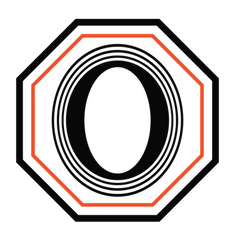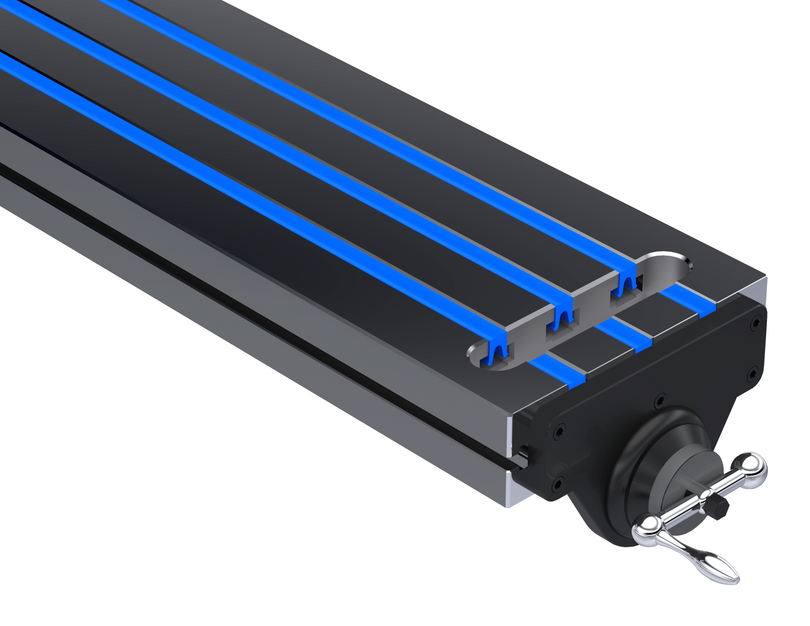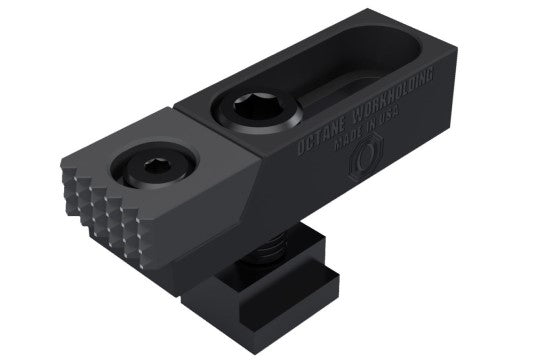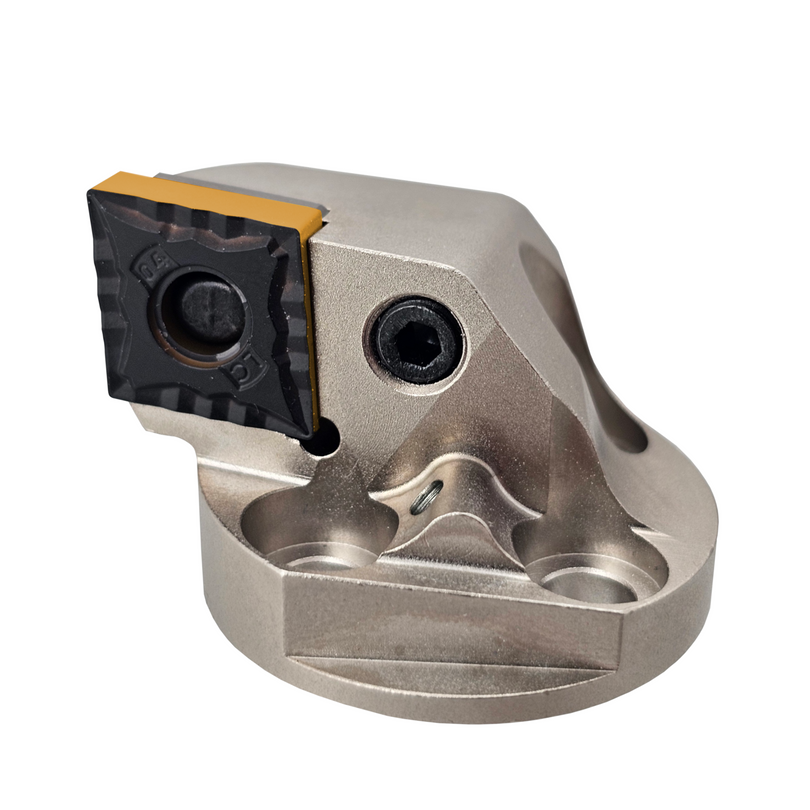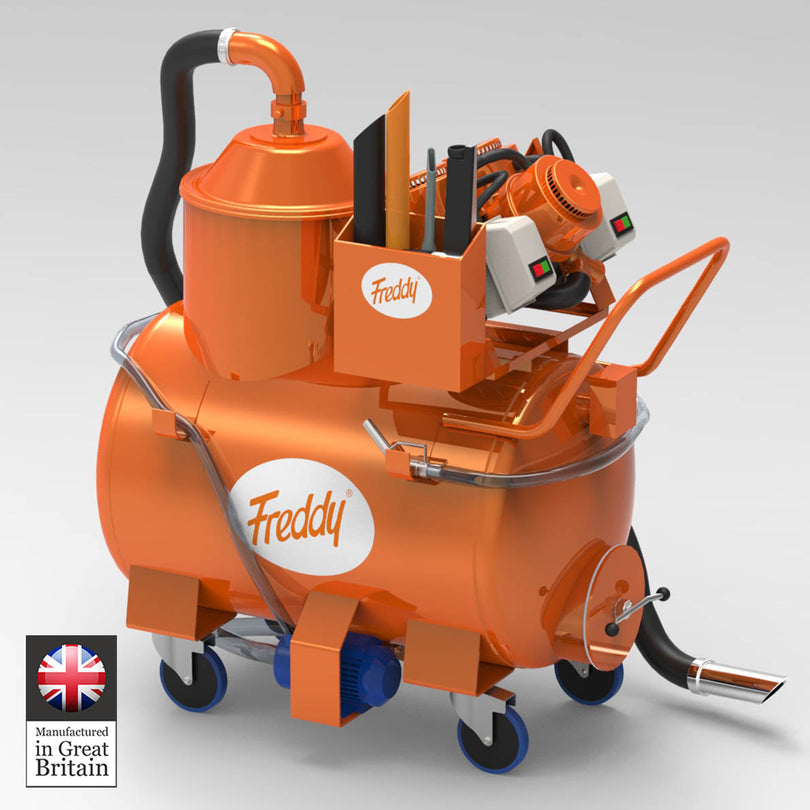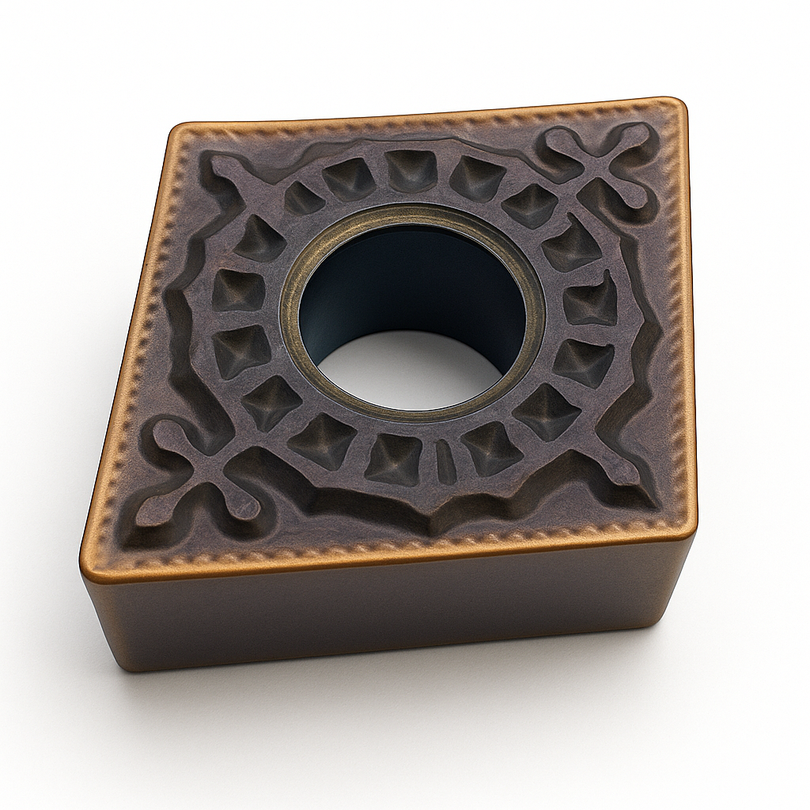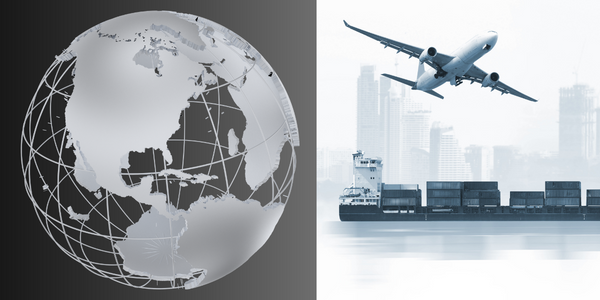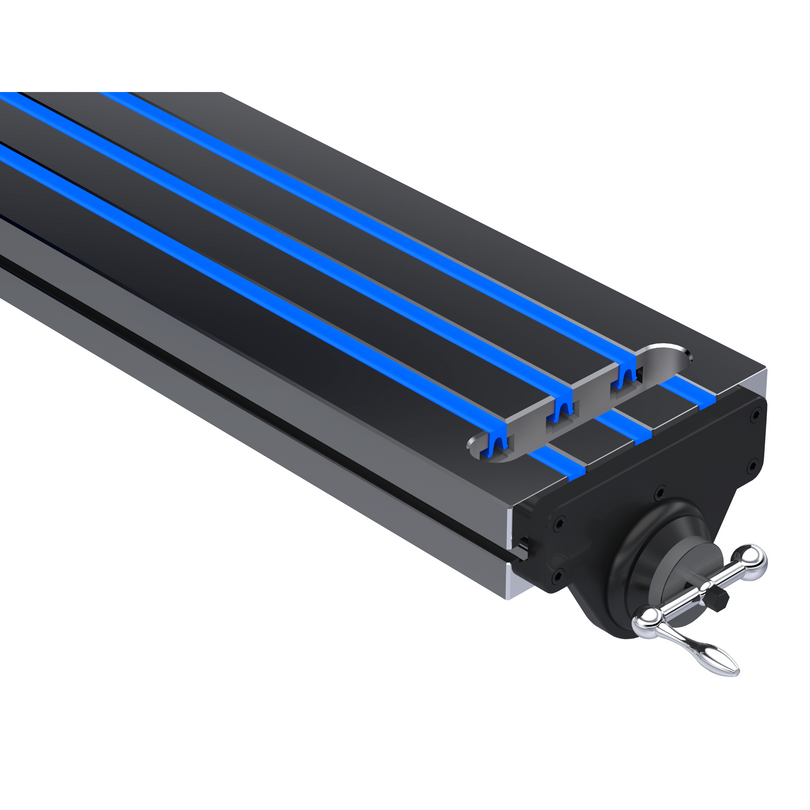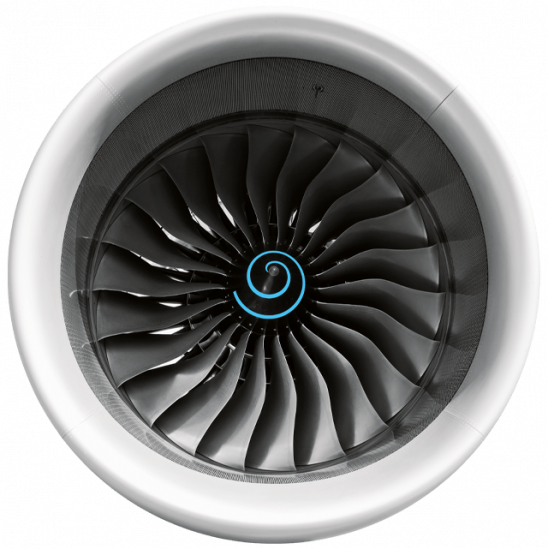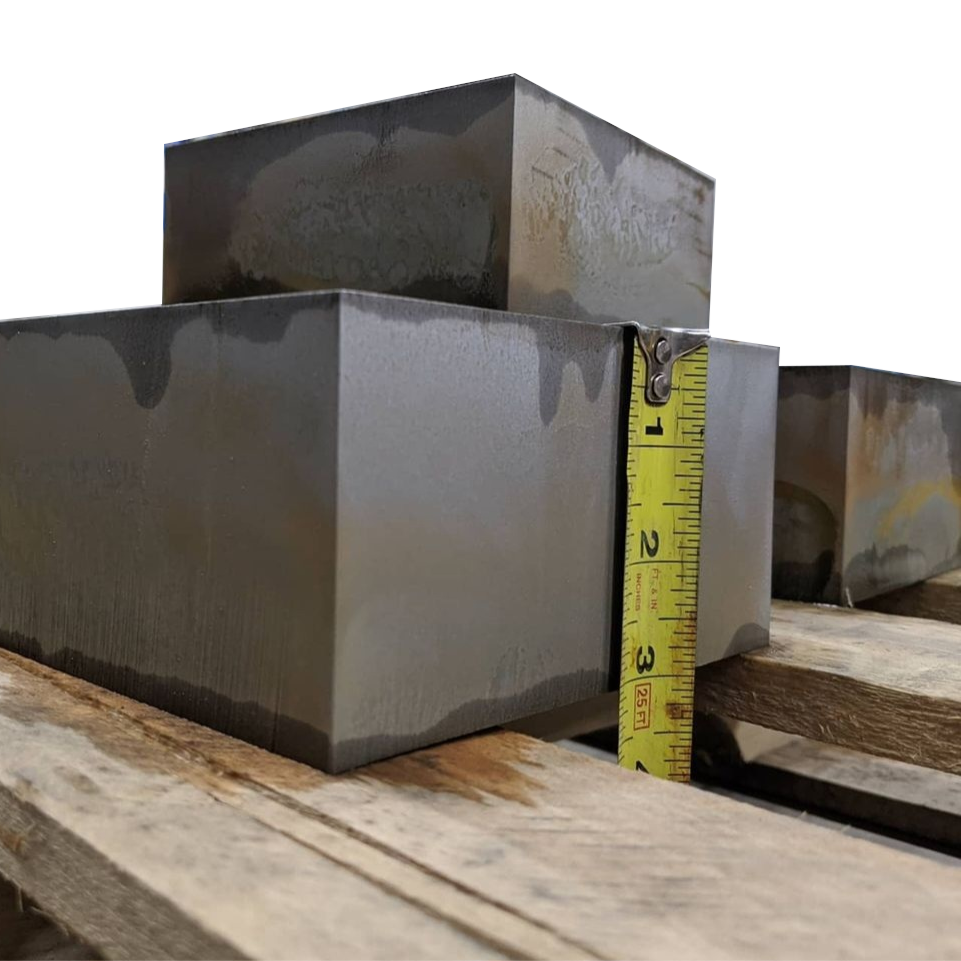I have a small shop in Corona, California called IngeniumPRM. We got a rush job to make thrust chambers out of 6AL4V and had to bore a hole 10 inches deep inside of it. Everyone was super helpful getting me the tooling I needed, and this bar blew me away at what it could do. Zero harmonics, a mirror-like finish, even tool life was manageable. And if that isn't enough, the price is half what you would pay for a Sandvik or Kennametal variant. I 100% recommend this bar for any deep boring you need to achieve, and will definitely be going to them again for critical tooling needs.
I bought these a while back for one particular job. Now I try and use them as much as I can. Customer support and interaction was great.
Please make these for 8" chucks as well.
These clamps work great and in situations where no other clamps would have worked. Great holding force and opens up so many options for work holding.
Was on the fence about buying them because of the mind set of why buy what you can make . Took a leap of faith and these are something I could not have made even close to what they are . Didn’t want to scrap the project I bought them for and real glad I bought them . Great product and shipped to me the next day first class deal !
What an amazing review! Thank you so much for sharing and the stand you made is awesome!
After seeing a post on instagram from Derek I decided to order some MAQ bars. I have been using them on a long reach application cutting 8620 steel and 316 stainless. 6xD on stainless with a 3/4 bar and it cut so quiet I was amazed! It takes the guess work out of boring they just work.
Thank you for sharing! The part looks great and we're happy MAQ tools performed as well as promised.
